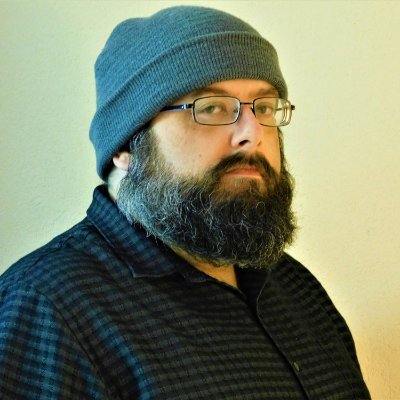DC reveals that the Great Darkness has been behind almost every DC event since the '80s
A minor Alan Moore DC villain has been re-framed as DC's biggest evil for the past 30+ years
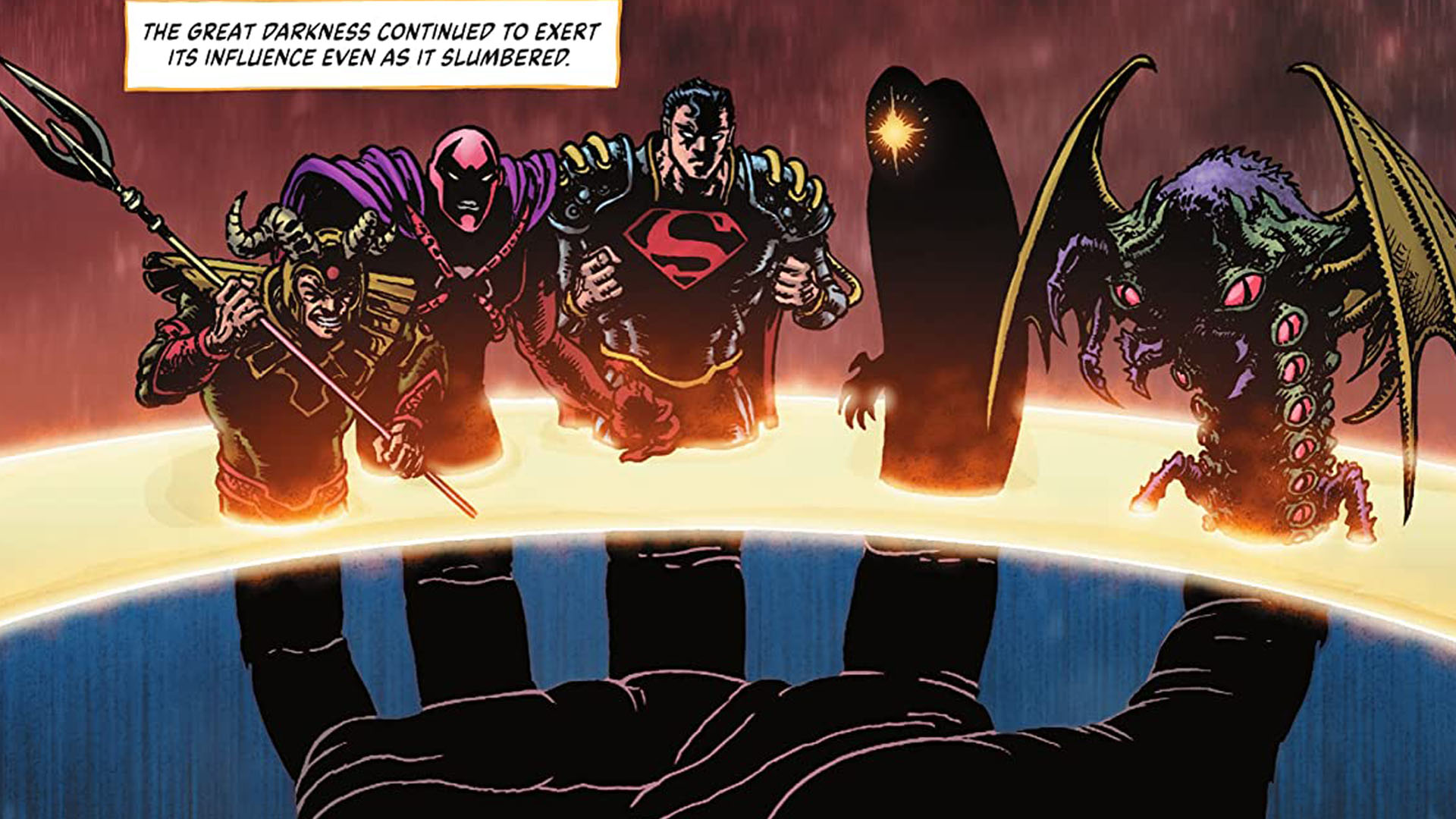
If you've read any of the big DC Comics superhero events from 1985's Crisis on Infinite Earths to now, everything you know is about to change.
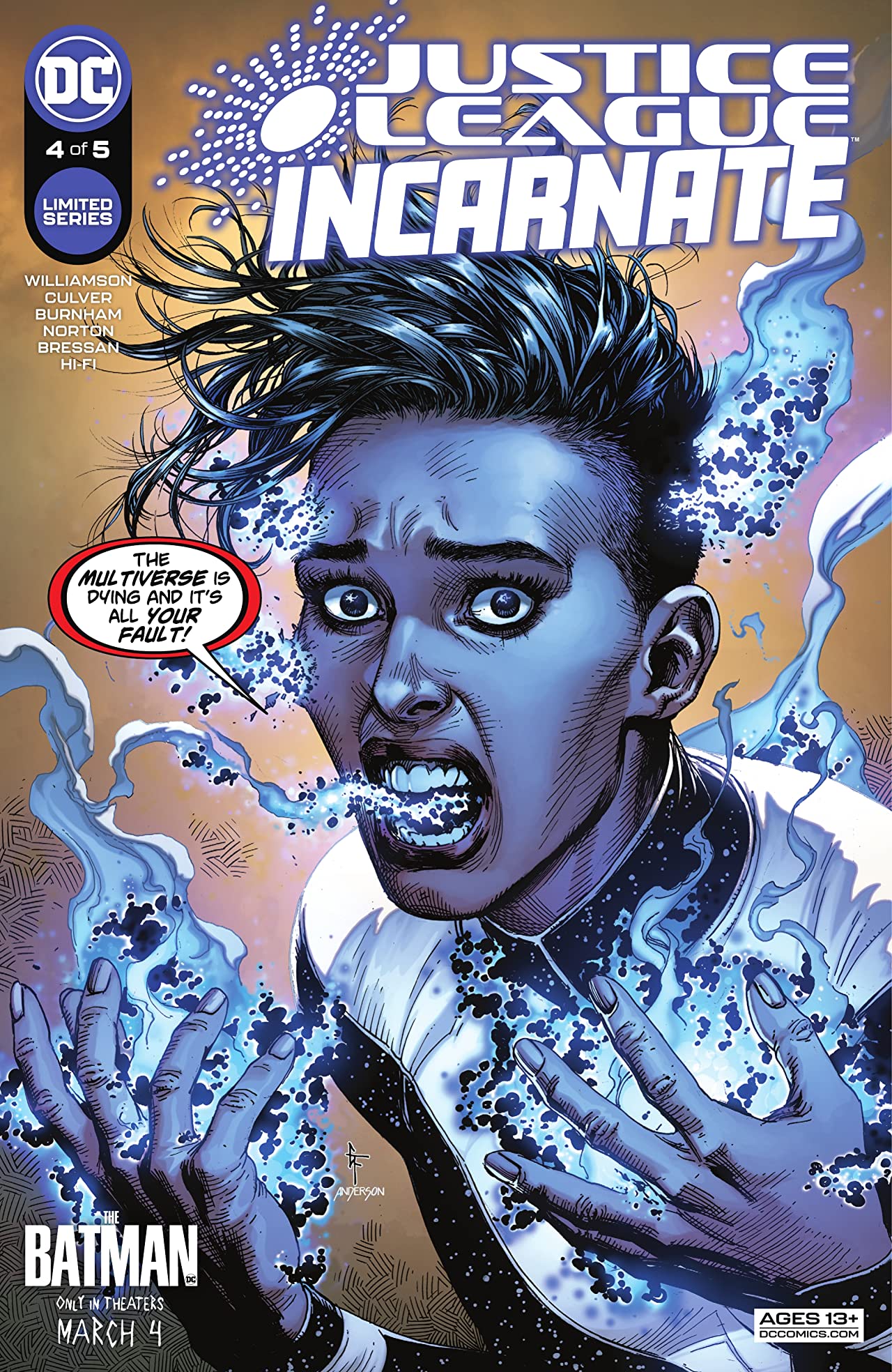
In February 1's Justice League Incarnate #4, DC's de facto chief writer Joshua Williamson and co-writer Dennis Culver have re-contextualized the major events in DC multiversal history from the '80s to now. Although this Justice League Incarnate limited series has been a story unto itself, it continues to move pieces around on DC's 'big picture' chessboard towards another Crisis-level event in the very near future.
Anything more we could say on Justice League Incarnate #4 would be spoilers, so…
Spoiler warning for Justice League Incarnate #4 by Williamson and Culver, with artists Chris Burnham, Mike Norton, and Andrei Bressan.
A little-known DC villainous force known as 'The Great Darkness' has been re-contextualized to be the secret final boss for pretty much every major DC crossover event including (but not limited to) Crisis on Infinite Earths, Zero Hour: Crisis in Time!, Kingdom Come, Infinite Crisis, Final Crisis, Flashpoint, 'The New 52,' The Multiversity, Dark Nights: Metal, Doomsday Clock, and Dark Nights: Death Metal.
So what about those other villains like the Anti-Monitor, Superboy-Prime, Extant, Doctor Manhattan, Barbatos, and more? They were all "avatars and puppets" (as DC calls them) of the Great Darkness.
Who is the Great Darkness?

Before the Big Bang or any religious texts, the universe started out of nothing - the Great Darkness is that nothing.
Get the best comic news, insights, opinions, analysis and more!
The Great Darkness was created by Alan Moore and Stan Woch in 1986's The Saga of Swamp Thing #49 as an off-screen evil deity which human followers known as the Brujera worshipped. The Brujera were opening to bring the Great Darkness out of its slumber and retake the universe.
All that remains true with February 1's Justice League Incarnate #4, but it was the tip of a very dark, very thorny iceberg which we didn't know the full shape of until now.
The name 'Great Darkness' was used years before in connection with Darkseid in the epic Legion of Super-Heroes storyline 'The Great Darkness Saga,' but Justice League Incarnate connects it all together into one cohesive force/being that is intent on returning the universe - and the DC multiverse AND the DC Omniverse - back to nothing, where the Great Darkness was everything.
DC's Crisis history, revisited

In a stunning 10-page sequence of Justice League Incarnate #4 narrated by Doctor Multiverse (and drawn by Chris Burnham), the Great Darkness's unseen hand in DC superhero events for the past 30+ years was revealed as part of a larger, unified story connecting all those events in one continuity.
Without giving play-by-play for the entire story, the villains of pretty much every major DC crossover event (and even alt-reality events like Kingdom Come) are revealed to have been working for the Great Darkness. The lone exception to this is Final Crisis, as that event's big bad Darkseid was working to oppose the Great Darkness - but didn't reveal it at the time. His gambit to kill everything in the universe has been re-contextualized by Justice League Incarnate's writers to be a trap intended to lure the Great Darkness out of hiding and make him vulnerable to being controlled by Darkseid.
Spoilers for Final Crisis, but Darkseid was killed by Batman before he could kill everything or draw out the Great Darkness.
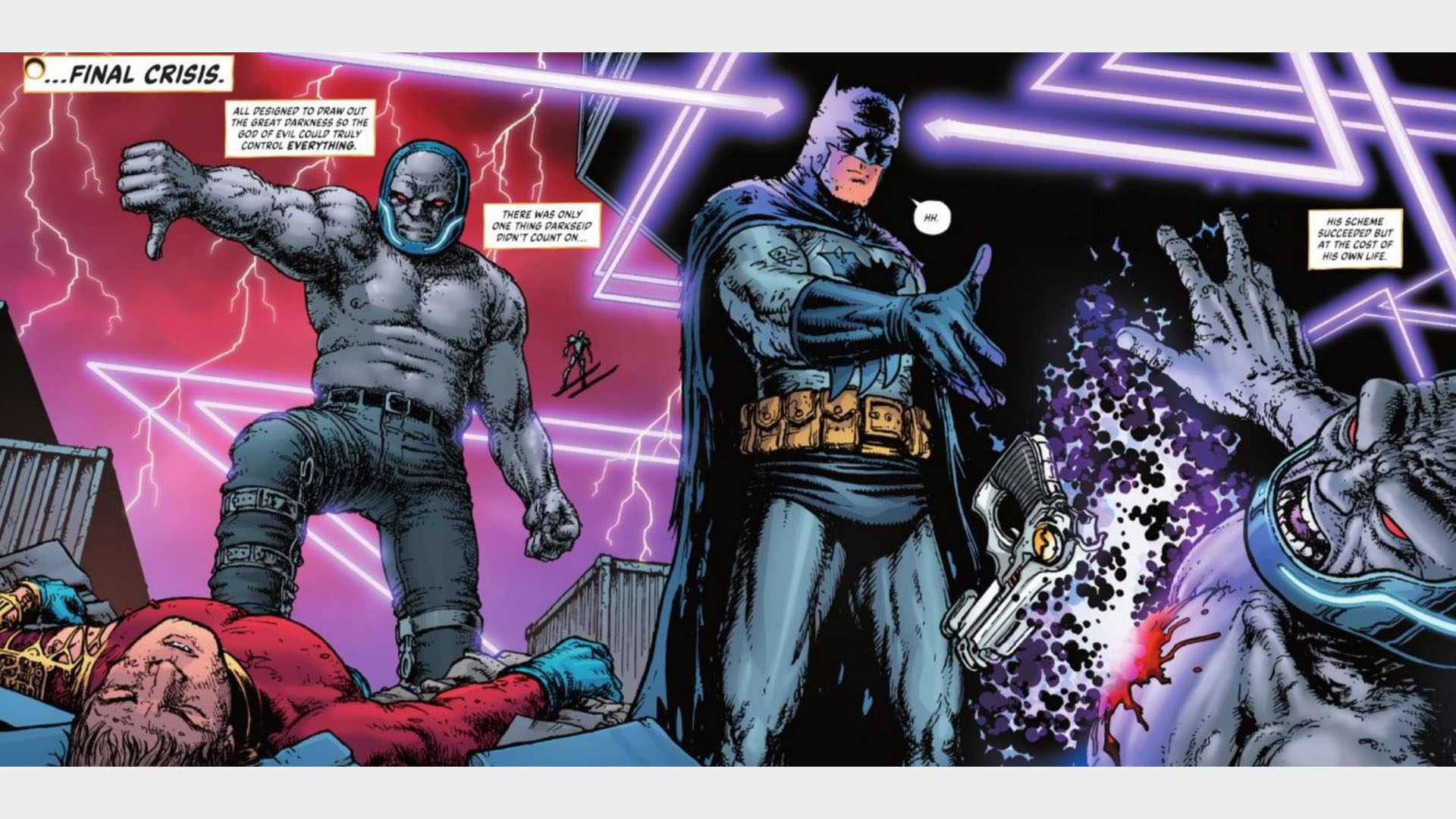
It's even revealed that the secondary villain the Empty Hand from The Multiversity event actually began as a piece of the Great Darkness - the literal "right hand" that shook hands with the Light in a peace treaty orchestrated by Swamp Thing. The fingers of this hand became horns and became a seemingly independent being subservient to the Great Darkness.
Darkseid was resurrected in 2021's Infinite Frontier #0, and after merging with all the other variants of himself in the DC Omniverse, set out to control the Great Darkness again. In Justice League Incarnate #4, his battle took him to amass his armies against the Empty Hand and his Gentry... but he too ultimately failed and gave the Great Darkness even more power.
The Great Darkness awakening a new Crisis
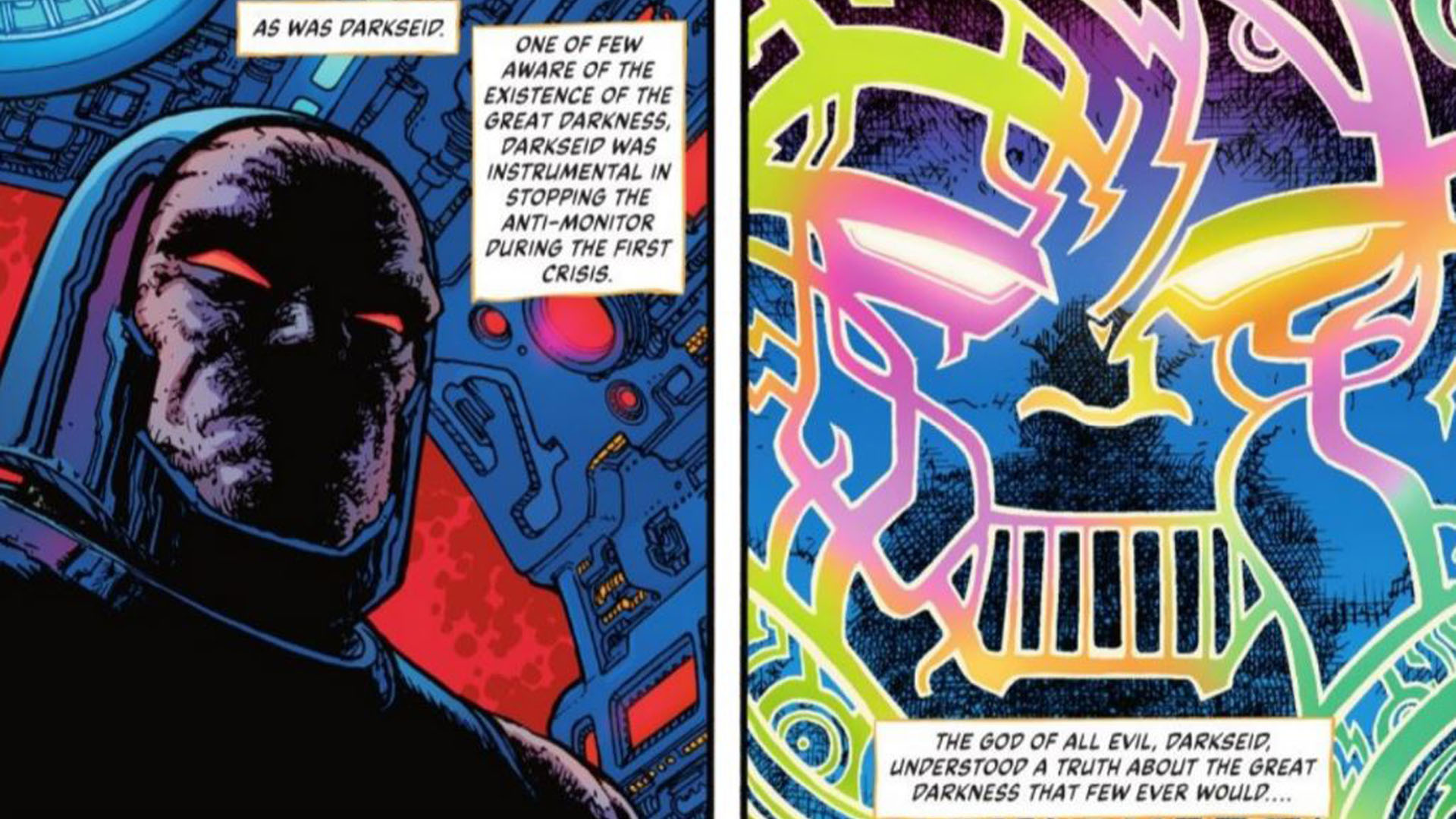
So after years of being the secret final boss of DC's Crisis-level events since 1985, it seems like the Great Darkness - and a struggle against him - will be a Crisis of its own in the upcoming months.
This seems to all be building towards (and through) April's Justice League #75 and the planned 'Death of the Justice League' story where some of DC's top heroes are fated to die at the hands of a shadowy new supergroup of villains called the Dark Army.
Dark Army… the Great Darkness… all sounds connected, doesn't it?
Here's a rundown of the biggest DC comics events to date.
Chris Arrant covered comic book news for Newsarama from 2003 to 2022 (and as editor/senior editor from 2015 to 2022) and has also written for USA Today, Life, Entertainment Weekly, Publisher's Weekly, Marvel Entertainment, TOKYOPOP, AdHouse Books, Cartoon Brew, Bleeding Cool, Comic Shop News, and CBR. He is the author of the book Modern: Masters Cliff Chiang, co-authored Art of Spider-Man Classic, and contributed to Dark Horse/Bedside Press' anthology Pros and (Comic) Cons. He has acted as a judge for the Will Eisner Comic Industry Awards, the Harvey Awards, and the Stan Lee Awards. Chris is a member of the American Library Association's Graphic Novel & Comics Round Table. (He/him)
